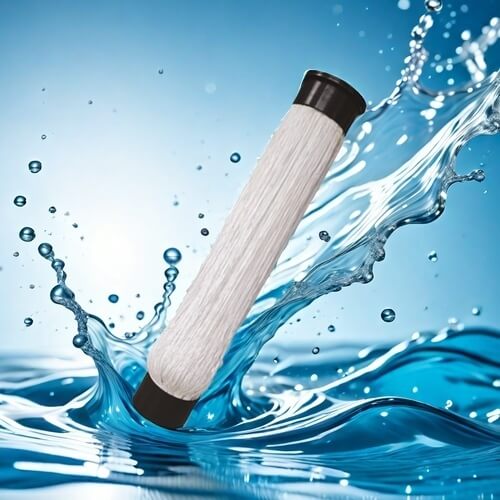Wastewater treatment in pig farms
The treatment of wastewater from pig farms is a complex project that involves multiple technologies and processes to ensure that the wastewater meets environmental standards before discharge. The following are the main processes and methods for treating wastewater from pig farms:
1. Characteristics of wastewater
The wastewater generated by pig farms usually contains high concentrations of organic matter, ammonia nitrogen, suspended solids, and pathogenic microorganisms. According to different methods of manure removal, the composition and concentration of wastewater may vary
Water flushing for manure removal: The sewage discharge per pig is about 40 L/d.
Dry manure cleaning: The sewage discharge per pig is about 10 L/d.
2. Processing technology
Preprocessing stage
Solid liquid separation: Generate large particles and suspended solids through gravity and sedimentation tanks, reducing the burden of subsequent processing.
Air flotation treatment: using an air flotation machine to remove oil and suspended solids from water, further improving quality.
Biochemical treatment

Anaerobic digestion: Under anaerobic conditions, further linking organic matter produces biogas, which can be used for power generation or heating. This process can effectively remove COD and ammonia nitrogen.
Aerobic treatment: further degradation of organic matter through activated sludge process or biofilm process (such as MBR). Aerobic reactors utilize oxygen to promote the degradation of organic matter by microorganisms.
Comprehensive processing
Combination stabilization pond: By combining oxygen absorption, aerobic and natural treatment methods, wastewater is purified through natural systems such as ecological ponds and algae settling ponds.
UASB (Upflow Anaerobic Sludge Bed) combined with SBR (Sequential High Efficiency Batch Reactor): suitable for high concentration organic wastewater, achieving wastewater treatment through multi-stage treatment.
Deep processing
Chemical coagulants: Adding coagulants to eliminate residual suspended solids and colloids, further improving the quality of effluent.
Disinfection treatment: Disinfect before the final effluent, commonly used methods include disinfection or sterilization to ensure safe discharge.
3. Recycling
The treated wastewater can be reused as pigsty wastewater, achieving resource utilization while reducing the demand for fresh water. In addition, the generated wastewater can be dried and made into organic fertilizer for use in agriculture.
4. Environmentally friendly measures
During the processing, the application of environmental chemical microbial agents can effectively eliminate the odor of pig houses and improve the surrounding environmental processes. In addition, by designing and optimizing processes reasonably, operating costs can be reduced and overall economic benefits can be improved.
Summary
The sewage treatment of pig farms requires comprehensive consideration of multiple factors, including sewage characteristics, treatment objectives, and economic benefits. By selecting and combining different processing techniques reasonably, environmental impact can be effectively reduced and sustainable development can be achieved.
